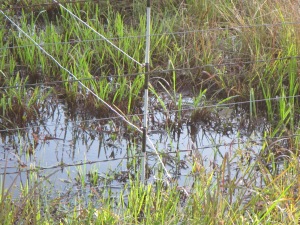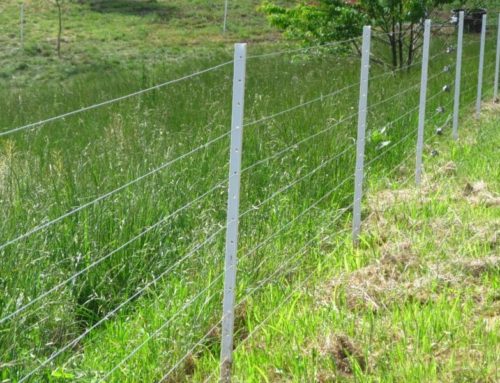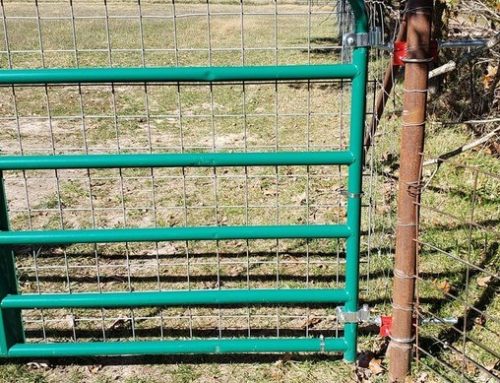 When left to their own devices, livestock can be picky eaters, Dr. David Fernandez, Extension livestock specialist and interim assistant dean of academic programs for the University of Arkansas at Pine Bluff School of Agriculture, Fisheries and Human Sciences, said. Animals allowed to graze freely over an entire pasture will often repeatedly graze the most palatable plants while ignoring other nutritious, but less palatable forages.
When left to their own devices, livestock can be picky eaters, Dr. David Fernandez, Extension livestock specialist and interim assistant dean of academic programs for the University of Arkansas at Pine Bluff School of Agriculture, Fisheries and Human Sciences, said. Animals allowed to graze freely over an entire pasture will often repeatedly graze the most palatable plants while ignoring other nutritious, but less palatable forages.
“Animals grazing on an entire pasture will only consume about one-third of the available forage,” he said. “To get animals to consume the remaining forages, livestock producers can implement a rotational grazing program with the help of temporary electrical fencing.”
Dr. Fernandez said rotational grazing increases forage consumption to about two-thirds of the available forage, which allows producers to save money on feed. Heavier stocking density also helps control weeds and brush through trampling damage.
“Temporary electric fencing allows producers to manage to graze without having to make a significant investment,” he said. “Because the fence is easy to install and move, you can easily change the shape and size of your pastures to force livestock to utilize all of the grass and trample any undesirable plants and weeds.”
To install a temporary electric fence, producers will need to purchase a few basic supplies: step-in posts, polywire tape or braid, and a power source.
“Step-in posts have sharpened ends and usually a place to put your foot, so you can easily push them into the ground,” Dr. Fernandez said. “Polywire is a polymer-based rope or fabric with internal wiring, which carries the electrical charge that keeps animals within fencing. The power source is the most important component of a good electric fence, so producers should purchase a quality product.”
The power source can be a plug-in charger if a producer can run a wire to the planned fence location. Power can also be drawn from an electric perimeter fence if one already exists on the property. If there is no way to get electricity on the pasture, a farmer can opt to use a solar charger.
The other critical component of a good electric fence is the grounding. A good plug-in charger should have at least three 6-foot galvanized steel ground rods spaced at least 10 feet apart.



